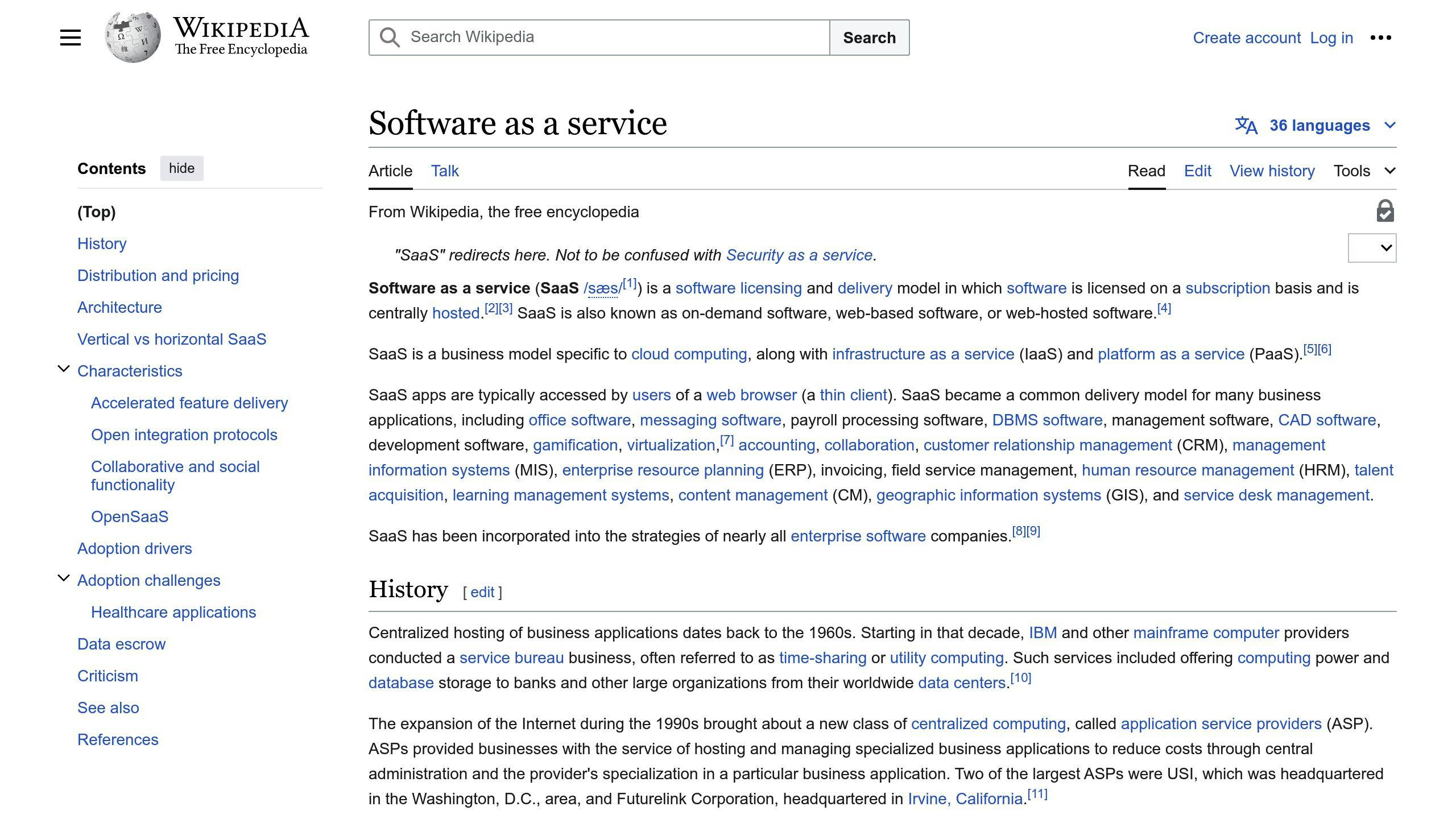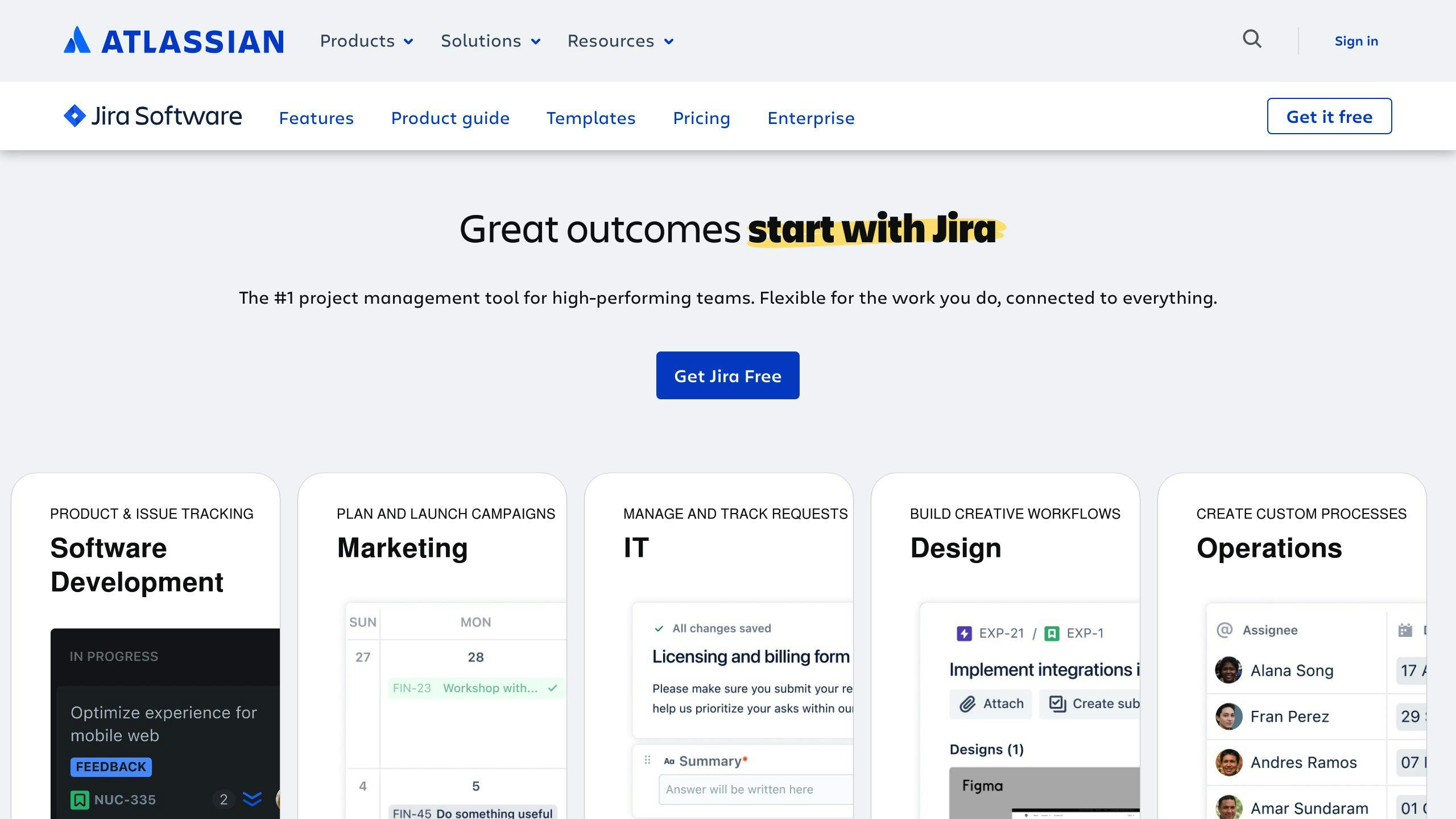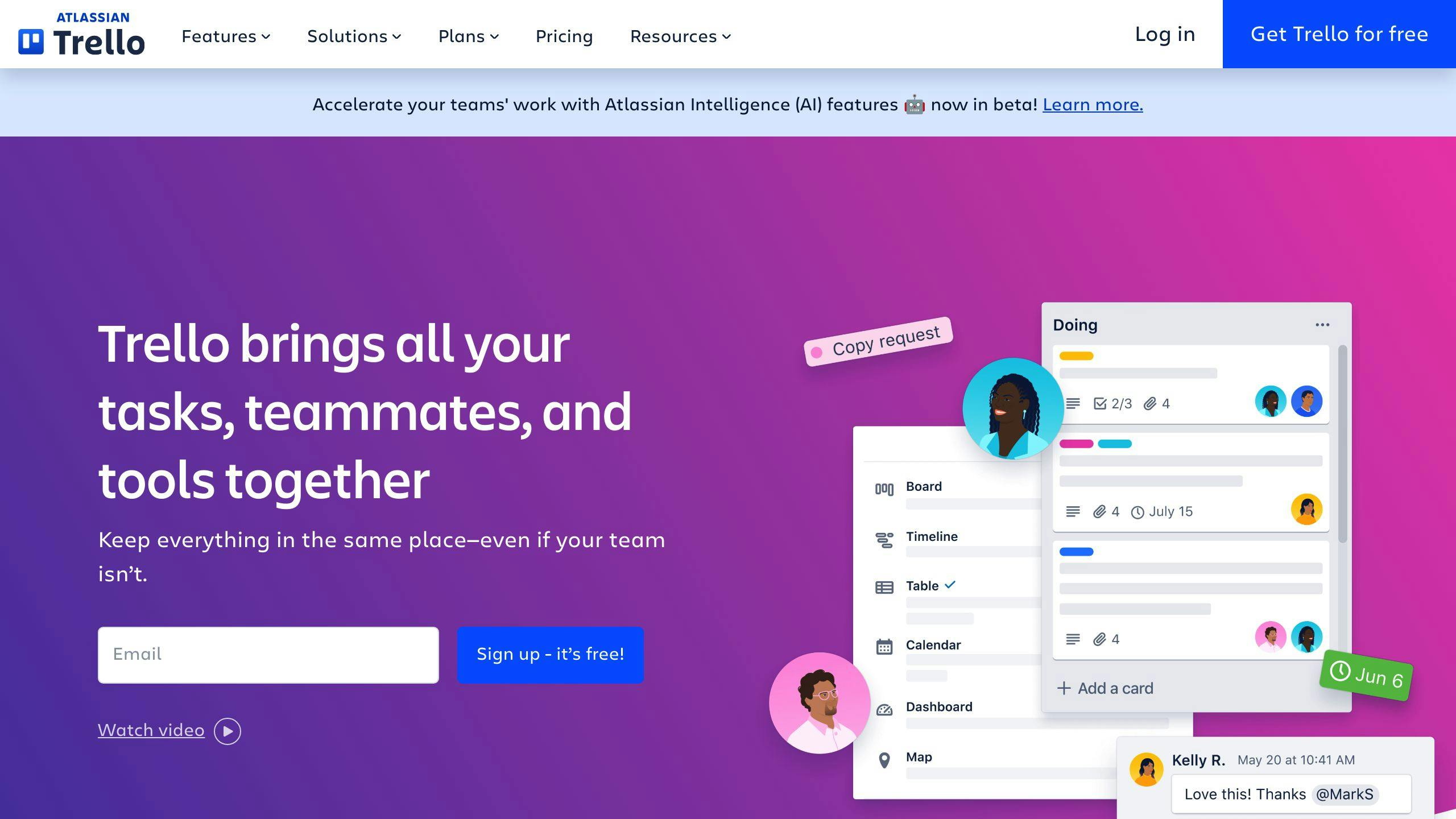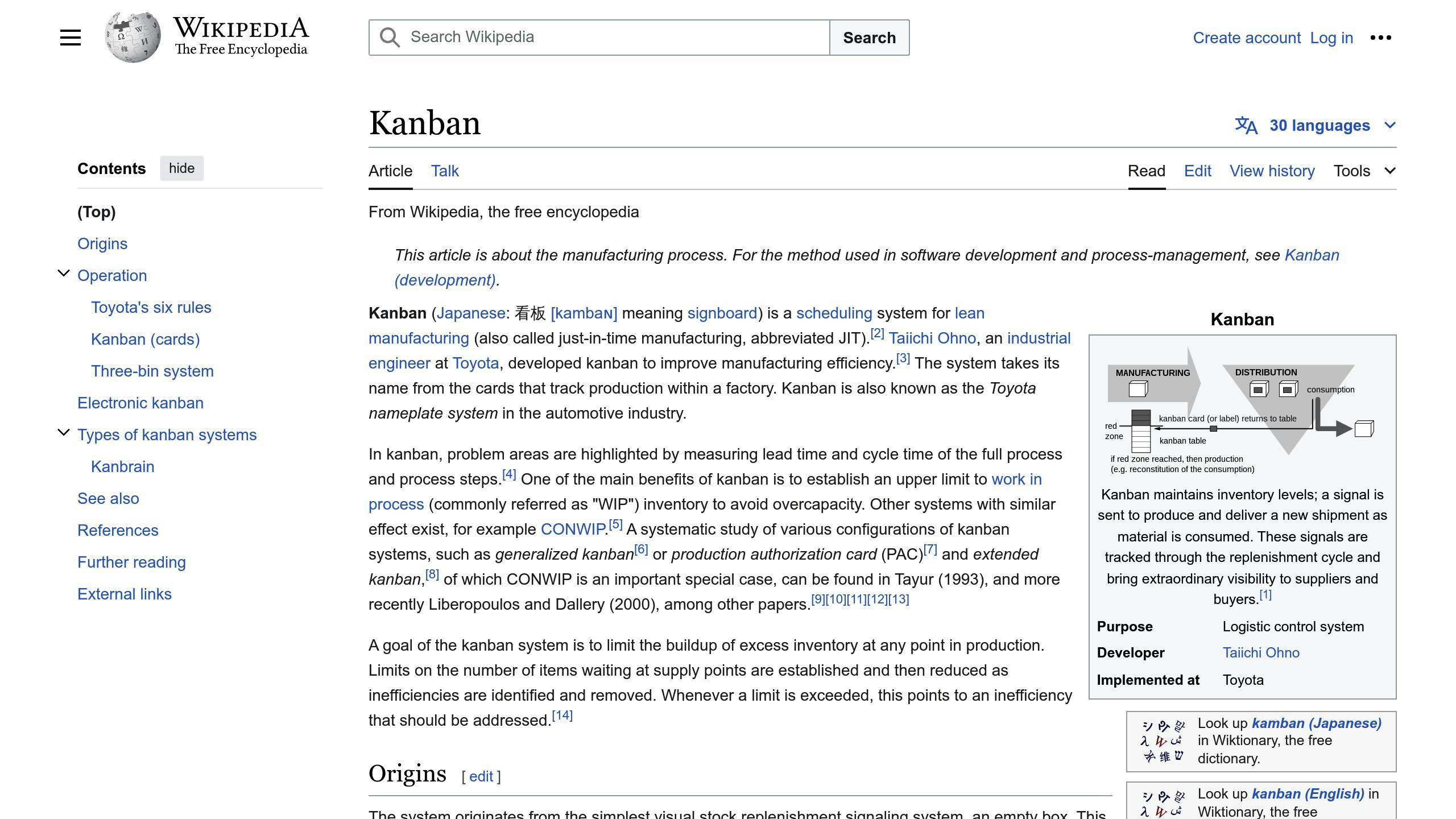SOC 2 compliance is a rigorous auditing standard that ensures SaaS companies securely manage and protect customer data. By achieving SOC 2 certification, SaaS providers demonstrate their commitment to data security, privacy, and integrity, building trust with customers and partners.
Related video from YouTube
Key Benefits of SOC 2 Compliance

- Data Security and Privacy: SOC 2 helps SaaS companies identify and mitigate security risks, protecting customer data from unauthorized access, breaches, and misuse.
- Regulatory Compliance: SOC 2 aligns with regulations like HIPAA and GDPR, ensuring SaaS providers meet industry standards and legal requirements.
- Competitive Advantage: SOC 2 certification sets SaaS companies apart, establishing a reputation as a reliable and trustworthy partner.
SOC 2 Compliance Process
- Define Scope and Objectives: Identify systems, processes, services, and Trust Service Criteria (TSC) to be audited.
- Risk Assessment: Conduct a risk assessment to identify potential security threats and implement controls to mitigate risks.
- Implement Controls: Establish security policies, access controls, encryption, incident response plans, and other necessary controls.
- Document Policies and Procedures: Clearly document all security-related policies, procedures, and practices.
- Engage an Auditor: Hire an independent auditor to evaluate the effectiveness of your controls and provide a SOC 2 report.
- Maintain Compliance: Continuously monitor, review, and update controls, undergo periodic audits, and adapt to changing regulations.
SOC 2 Trust Service Criteria
CriteriaDescriptionSecurityProtect systems and data from unauthorized accessAvailabilityEnsure system reliability and availability for usersProcessing IntegrityEnsure systems operate as intended without errors or issuesConfidentialityLimit access and use of confidential dataPrivacySafeguard personal information from unauthorized access or misuse
Achieving SOC 2 Compliance
While challenging, achieving SOC 2 compliance is crucial for SaaS companies to build customer trust, meet regulatory requirements, and gain a competitive edge. By following the SOC 2 framework, implementing robust security controls, and undergoing regular audits, SaaS providers can demonstrate their commitment to data security and privacy.
Understanding SOC 2
SOC 2 is a well-known auditing standard that ensures service organizations, like SaaS companies, manage and protect customer data securely. To achieve SOC 2 compliance, organizations must undergo a detailed audit of their internal controls and procedures related to security, availability, processing integrity, confidentiality, and privacy.
SOC 2 Framework Overview
The SOC 2 framework is based on the Trust Services Criteria (TSC), which are standards for managing and protecting customer data. The TSC consists of five categories: Security, Availability, Processing Integrity, Confidentiality, and Privacy. These categories ensure that service organizations have the necessary controls to protect customer data and maintain customer trust.
Five Trust Service Criteria
The five Trust Service Criteria are the foundation of the SOC 2 framework. They are:
- Security: Protects data from unauthorized access.
- Availability: Ensures system reliability for user access.
- Processing Integrity: Confirms systems operate as intended.
- Confidentiality: Limits access and use of stored confidential data.
- Privacy: Safeguards personal information from unauthorized access.
Type 1 vs. Type 2 Reports
There are two types of SOC 2 reports: Type 1 and Type 2. The main difference between them is the scope of the audit.
Report TypeDescriptionSOC 2 Type 1Evaluates the design of controls at a specific point in time. It provides a snapshot of the organization's controls and is often used as a preliminary assessment.SOC 2 Type 2Assesses the effectiveness of controls over a period of time (typically 3-12 months). It provides a more comprehensive evaluation of the organization's controls and is often required by stakeholders.
Understanding the differences between SOC 2 Type 1 and Type 2 reports helps service organizations determine which report suits their needs and stakeholders' requirements.
Why SOC 2 Matters for SaaS

Data Security and Privacy
SOC 2 compliance is crucial for SaaS companies as they handle sensitive customer data. With the rise in cyberattacks and data breaches, customers are more cautious about sharing their data. Achieving SOC 2 compliance shows that a SaaS company is committed to protecting customer data and maintaining high security standards.
A data breach can cause reputational damage, financial losses, and legal issues. SOC 2 compliance helps SaaS companies identify and reduce security risks, ensuring customer data is protected from unauthorized access, use, or disclosure.
Regulations and Standards
SOC 2 compliance helps SaaS companies meet regulatory obligations and industry standards. Many industries, like healthcare and finance, require compliance with regulations such as HIPAA and GDPR. SOC 2 provides a framework for SaaS companies to meet these requirements.
SOC 2 compliance also shows that a SaaS company follows industry best practices and standards, like the AICPA Trust Services Criteria. This builds trust with customers, partners, and stakeholders, and can be a market advantage.
Building Customer Trust
SOC 2 compliance builds customer trust and credibility. By achieving SOC 2 compliance, SaaS companies show their commitment to protecting customer data and maintaining high security standards. This helps build trust with customers, who are more likely to choose a SaaS company that has undergone a rigorous audit and met the necessary security standards.
SOC 2 compliance can also help SaaS companies stand out from competitors and establish a reputation as a reliable partner. This can lead to increased customer loyalty, retention, and revenue growth.
sbb-itb-8abf120
Preparing for SOC 2 Compliance
Getting ready for SOC 2 compliance involves understanding the process and planning well. Here are the key steps to help you prepare.
Define Scope and Objectives
Start by defining the scope and objectives of your SOC 2 compliance efforts. This means identifying the systems, processes, and services to be audited, as well as the Trust Service Criteria (TSC) to be evaluated. Decide whether you need a Type 1 or Type 2 report.
Questions to ask:
- What systems, processes, and services will be included in the audit?
- Which TSC will be evaluated?
- What is the objective of the SOC 2 audit?
- What type of SOC 2 report do you need?
Risk Assessment
Conduct a risk assessment to identify potential security and privacy risks and implement controls to mitigate them.
Steps for risk assessment:
- Identify potential risks: Look for risks related to data breaches, unauthorized access, and system failures.
- Assess the risks: Determine the likelihood and impact of each risk.
- Implement controls: Use measures like encryption, access controls, and incident response plans to mitigate risks.
Implement Controls
Identify security gaps and implement necessary controls to mitigate risks.
Steps to implement controls:
- Identify security gaps: Find gaps in your systems, processes, and services.
- Implement controls: Use measures like encryption, access controls, and incident response plans.
- Monitor and review: Continuously check the effectiveness of the controls.
Document Policies and Procedures
Document all security-related policies, procedures, and practices to show compliance with the TSC.
Steps to document policies and procedures:
- Identify policies and procedures: List all security-related policies and procedures.
- Document them: Write them down clearly and concisely.
- Review and update: Regularly update the documents to keep them relevant and effective.
The SOC 2 Compliance Process
The SOC 2 compliance process involves several steps to help organizations meet the Trust Services Criteria (TSC). Here's a simple guide to achieving SOC 2 compliance:
Step-by-Step Guide
The SOC 2 compliance process starts with preparation. Organizations define the scope and objectives of their compliance efforts. This includes identifying the systems, processes, and services to be audited, as well as the TSC to be evaluated. Next, organizations conduct a risk assessment to identify potential security and privacy risks and implement controls to mitigate them.
Selecting Trust Service Criteria
Choosing the right TSC is key to the SOC 2 compliance process. Organizations must select the TSC that align with their business goals and risk profile. The five TSC categories are:
- Security
- Availability
- Processing Integrity
- Confidentiality
- Privacy
Organizations may choose one or multiple TSC categories based on their needs.
Engaging an Auditor
Hiring an independent auditor is an important step. The auditor will evaluate the organization's controls and provide an objective assessment of their compliance with the TSC. When selecting an auditor, consider their experience, reputation, and qualifications.
The Audit Process
The audit process involves reviewing the organization's controls, policies, and procedures. The auditor will evaluate the design and effectiveness of the controls and identify any gaps or weaknesses. The audit may include on-site visits, interviews with staff, and a review of documentation and evidence.
Obtaining and Maintaining the Report
After the audit, the organization will receive a SOC 2 report that confirms their compliance with the TSC. To maintain compliance, organizations must continue to monitor and review their controls and undergo periodic audits and re-certification. This ensures that the controls remain effective and aligned with the TSC.
SOC 2 Controls and Best Practices
SOC 2 compliance requires effective controls to meet the Trust Services Criteria (TSC). This section covers common and specific criteria, best practices for implementing controls, and the importance of continuous monitoring.
Common and Specific Criteria
The common criteria for SOC 2 compliance include:
- Control Environment (CC1)
- Communication and Information (CC2)
- Risk Assessment (CC3)
- Monitoring Activities (CC4)
- Control Activities (CC5)
- Logical and Physical Access Controls (CC6)
- System Operations (CC7)
- Change Management (CC8)
Each TSC category has specific criteria. For example, the Security TSC includes:
- Implementing strong infosec policies
- Setting technical security controls
- Setting up anomaly alerts
- Performing audit trails
- Making forensic data actionable
Implementing Controls
To implement effective controls, organizations should:
- Develop a clear security policy
- Establish roles and responsibilities
- Implement technical security controls like encryption and access controls
- Conduct regular risk assessments and vulnerability testing
- Develop an incident response plan
Best practices include:
- Assigning a leader for SOC 2 readiness
- Involving stakeholders, including executive management
- Understanding weaknesses and reporting any data breaches during the audit period
- Knowing where customer data resides and how it is protected
Continuous Monitoring
Continuous monitoring is key to maintaining SOC 2 compliance. Organizations should:
- Implement a continuous monitoring program
- Monitor for both known and unknown malicious activity
- Establish a baseline of normal activity in the cloud environment
- Receive alerts for unauthorized access to customer data
- Perform detailed audit trails for data security incidents
Challenges and Considerations
Achieving SOC 2 compliance can be complex for SaaS companies. This section covers common challenges, growth stage considerations, and balancing security with usability.
Common Challenges
Implementing SOC 2 compliance can be tough, especially for smaller SaaS startups. Common challenges include:
- Outdated Tools: Old hardware and security software can make it hard to spot and fix security issues.
- High Costs: Compliance can be expensive, including costs for audits, tech upgrades, and staff training.
- Continuous Compliance: Keeping up with SOC 2 standards requires regular reviews, audits, and updates to security protocols.
To tackle these challenges, SaaS companies can work with compliance consultants and use automation platforms to ease the compliance process.
Growth Stage Considerations
SOC 2 compliance needs can vary based on a company's size and growth stage:
Company StageFocus AreasStartupsDevelop a security program and basic controls.Established CompaniesRefine and scale security protocols.High-Growth CompaniesEnsure security solutions can handle rapid expansion.
It's important for SaaS companies to align their compliance strategy with their growth stage and business model.
Security vs. Usability
Balancing security and usability is key for SOC 2 compliance. SaaS companies need strong security measures that don't hinder user experience.
To achieve this balance, companies can:
- Use Intuitive Security Protocols: Make security measures easy to understand and follow.
- Conduct User Testing: Regularly test and get feedback to ensure security measures aren't too restrictive.
- Develop Scalable Security Solutions: Ensure security measures can grow with the business.
Maintaining SOC 2 Compliance
Keeping up with SOC 2 standards is crucial for ongoing compliance. This section explains the importance of regular audits, re-certification, and staying updated with changing regulations.
Continuous Compliance Program
A continuous compliance program helps ensure your organization stays compliant with SOC 2 standards. This involves:
- Regularly checking and updating security controls, policies, and procedures
- Identifying and fixing security gaps
- Ensuring security controls work effectively
- Providing ongoing training for employees
- Keeping accurate documentation
By maintaining a continuous compliance program, you can reduce the risk of non-compliance and maintain trust with your customers.
Periodic Audits and Re-certification
Regular audits and re-certification are key to maintaining SOC 2 compliance. These audits ensure your security controls and procedures are effective and up-to-date.
Recommended Frequency:
- Annual audits and re-certification
Adapting to Changing Regulations
Staying updated with changing regulations and industry standards is essential. This includes:
- Monitoring updates to SOC 2 standards
- Staying informed about new threats and vulnerabilities
- Adapting to changes in industry regulations
- Updating security controls and procedures
Resources and Tools
In this section, we'll look at the recommended resources, tools, and software for achieving and maintaining SOC 2 compliance.
Recommended Resources
Having the right resources can make SOC 2 compliance easier. Here are some useful resources:
- SOC 2 compliance checklists: Use checklists to ensure you meet all SOC 2 requirements.
- Compliance automation tools: Tools like Vanta, Drata, and Secureframe can streamline your compliance process.
- SOC 2 policy templates: Pre-built templates can help you create and implement policies and procedures.
- Online courses and training: Online courses can educate you and your team on SOC 2 compliance.
Tool Comparison
When choosing a SOC 2 compliance tool, it's important to compare their pros and cons. Here's a comparison table to help you decide:
ToolAdvantagesDisadvantagesVantaAutomates compliance workflows, integrates with popular toolsSteeper learning curve, limited customization optionsDrataOffers a comprehensive control library, provides real-time compliance visibilityCan be expensive for larger organizations, limited scalabilitySecureframeSimplifies compliance for startups, offers a user-friendly interfaceLimited features for larger organizations, limited customization options
Conclusion
Key Takeaways
SOC 2 compliance is important for SaaS companies to ensure the security and integrity of customer data. Here's a summary of what we've covered:
- SOC 2 Compliance: While not mandatory, it's highly recommended for SaaS companies to build trust with customers and partners.
- SOC 2 Framework: Consists of five trust service criteria: security, availability, processing integrity, confidentiality, and privacy.
- Preparation: Involves defining scope and objectives, risk assessment, implementing controls, and documenting policies and procedures.
- Maintenance: Requires continuous monitoring, periodic audits, and staying updated with changing regulations.
FAQs
Why is SOC 2 compliance important for SaaS providers?
SOC 2 compliance shows that a SaaS provider follows security best practices and protects customer data. It helps build trust with customers, gives a competitive edge, and addresses security concerns by following recognized standards.
What are the trust service criteria in SOC 2?
The trust service criteria in SOC 2 cover five areas: security, availability, processing integrity, confidentiality, and privacy. These criteria guide how organizations should manage and protect sensitive data.
How do internal controls affect SOC 2 compliance?
Internal controls are key for SOC 2 compliance. They ensure that an organization’s operations meet the standards for design and effectiveness. These controls help manage risks related to the security, availability, and integrity of systems and data.
What is the role of a licensed CPA firm in the SOC 2 audit process?
A licensed CPA firm independently assesses the service organization’s compliance with the trust service criteria. The CPA firm evaluates whether the organization’s controls are designed and operating effectively to meet the criteria.
How does SOC 2 address physical access controls?
SOC 2 requires organizations to secure their facilities and data with physical access controls. This includes measures like security guards, surveillance systems, and controlled access points to prevent unauthorized entry.
What should a SaaS provider include in their risk assessment for SOC 2?
A SaaS provider’s risk assessment should identify potential security threats and vulnerabilities, evaluate their impact, and determine the necessary controls to mitigate these risks. This assessment is crucial for designing effective security and privacy controls.
How can SOC 2 compliance give a SaaS provider a competitive advantage?
SOC 2 compliance can give SaaS providers an edge by showing potential customers that the provider meets high standards for security and privacy. This assurance can be a deciding factor for customers when choosing between competing SaaS offerings.
What does a SOC 2 report contain?
A SOC 2 report includes details about the auditing standards met by the SaaS provider, the scope of the audit, the service organization’s system description, and the auditor’s findings on the effectiveness of internal controls. The report provides assurance about the provider’s compliance with SOC 2 criteria.
What is the difference between SOC 2 Type 1 and Type 2 reports?
SOC 2 Type 1 reports evaluate the design of internal controls at a specific point in time. SOC 2 Type 2 reports assess the operating effectiveness of internal controls over a period of time (typically 3-12 months). Type 2 reports provide more assurance about the effectiveness of controls over time.
How do I get SOC 2 compliance?
To get SOC 2 compliance, an organization must undergo a third-party audit of their system and organization controls. They need to provide auditors with evidence and documentation to show that internal controls are properly represented by management.

.png)










